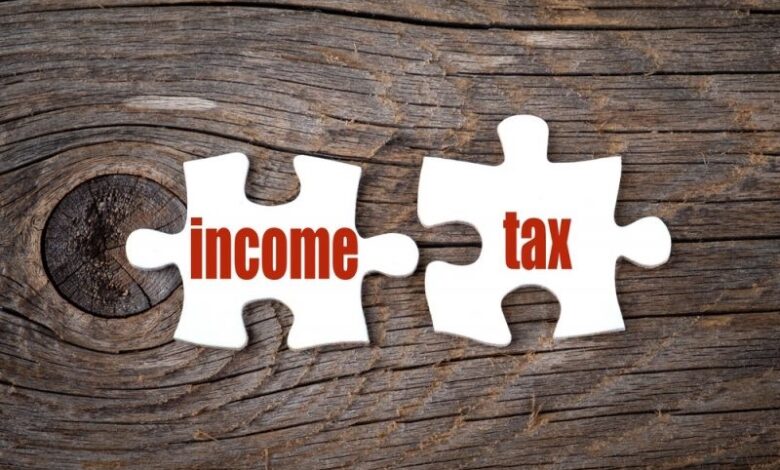Income Tax Notices: Why You Might Get One and How to Respond

Receiving an income tax notice from the Income Tax Department can be stressful and confusing for many taxpayers. However, it doesn’t always mean you’re in trouble or under suspicion. Sometimes, it could be a simple request for more information or a routine check.
In this article, we will explain why you might get an income tax notice, the common types of notices, and most importantly, how to respond effectively to avoid penalties and resolve issues smoothly.
Why Do You Get an Income Tax Notice?
An income tax notice is a formal communication from the Income Tax Department to a taxpayer, informing them of some discrepancy, query, or action required regarding their tax filings. Here are some common reasons why you might receive a notice:
1. Mismatch in Income Reporting
The income or tax details you reported in your tax return don’t match the data received by the Income Tax Department from third-party sources such as your employer, banks, or other institutions. This could include:
- Salary income
- Interest income from banks or post office
- Capital gains from shares or property
- Dividend income
2. Non-filing of Income Tax Return
If you have taxable income but have not filed your income tax return for the relevant financial year, the department may issue a notice asking for compliance.
3. High-Value Transactions or Large Cash Deposits
The department monitors high-value financial transactions. If there’s a significant unexplained cash deposit, property purchase, or investment, they may issue a notice seeking clarification.
4. Random or Selective Scrutiny
Sometimes notices are sent as part of routine scrutiny or due to computer-generated risk assessment to verify certain details in your return.
5. Incorrect or Incomplete Tax Returns
If your filed return has errors, omissions, or discrepancies, the department may seek clarifications or corrections.
Common Types of Income Tax Notices
Understanding the type of notice you receive helps you respond appropriately. Here are some frequently encountered notices:
| Notice Type | Purpose | What to Do |
| Section 139(1) Notice | Reminder to file your income tax return | File your return immediately |
| Section 143(1) Intimation | Intimation of processing of your tax return with possible corrections | Verify details and respond if needed |
| Section 143(2) Notice | Notice for scrutiny assessment | Respond with documents and clarifications |
| Section 148 Notice | Notice for reassessment (if income escaped assessment) | File return or respond with reasons |
| Section 156 Notice | Demand notice for unpaid taxes | Pay dues or file an objection |
| Section 142(1) Notice | Request for information or documents | Provide the requested details promptly |
How to Respond to an Income Tax Notice
Receiving a notice doesn’t mean immediate penalties or prosecution. Here’s a step-by-step approach to handle it:
Step 1: Read the Notice Carefully
Check the details such as your PAN, assessment year, and reasons mentioned. Understand exactly what the department is asking for.
Step 2: Check Your Tax Records
Verify your filed returns, Form 26AS (tax credit statement), and supporting documents related to the notice.
Step 3: Respond Within the Deadline
Most notices specify a response deadline. Don’t delay. Late responses can attract penalties or interest.
Step 4: Gather Relevant Documents
Collect all documents supporting your claim or explanation, like salary slips, bank statements, property sale deeds, investment proofs, etc.
Step 5: Reply Through Proper Channel
You can respond online through the Income Tax e-filing portal or send a written reply to the jurisdictional Assessing Officer as per the notice.
Step 6: Seek Professional Help if Needed
If the notice is complicated, or you’re unsure how to respond, consult a tax expert or Chartered Accountant for guidance.
Tips to Avoid Future Income Tax Notices
- File Your Return on Time: Avoid penalties and notices by filing your tax returns before the due date.
- Maintain Accurate Records: Keep all financial documents and proofs organized.
- Verify Form 26AS: Regularly cross-check your tax credit statement to ensure all tax payments and TDS are reflected correctly.
- Disclose All Income: Include all sources of income in your return to avoid mismatch notices.
- Respond Promptly: If you receive a notice, don’t ignore it. Early response can resolve issues quickly.
Conclusion
An income tax notice can be intimidating but is often just a part of the government’s system to ensure tax compliance. By understanding the reasons for the notice and following a structured response process, you can easily manage and resolve these communications without hassle.
If you ever feel overwhelmed or uncertain about an income tax notice, don’t hesitate to consult a professional. Staying proactive and informed is the best way to avoid complications and ensure smooth financial compliance.
